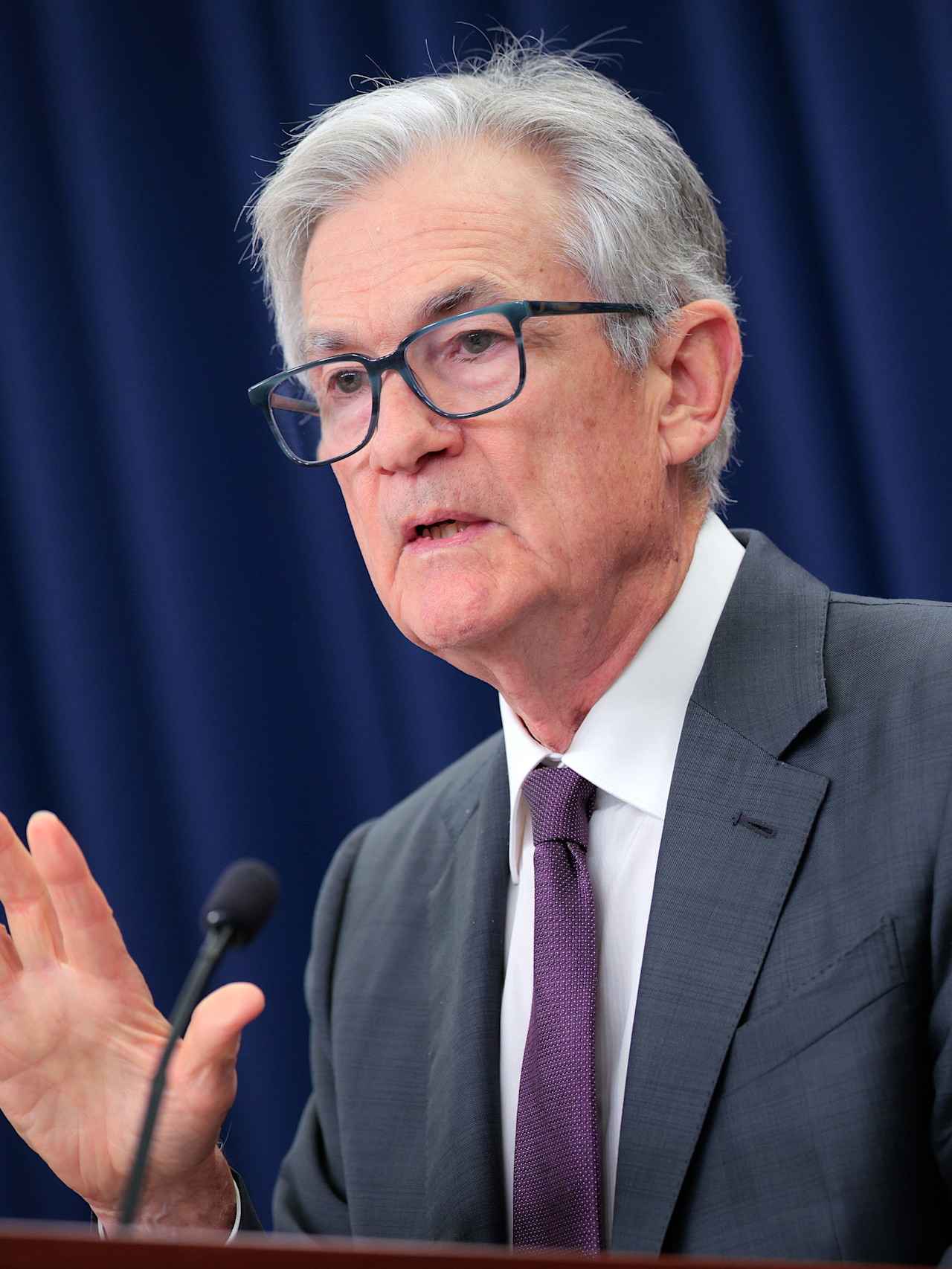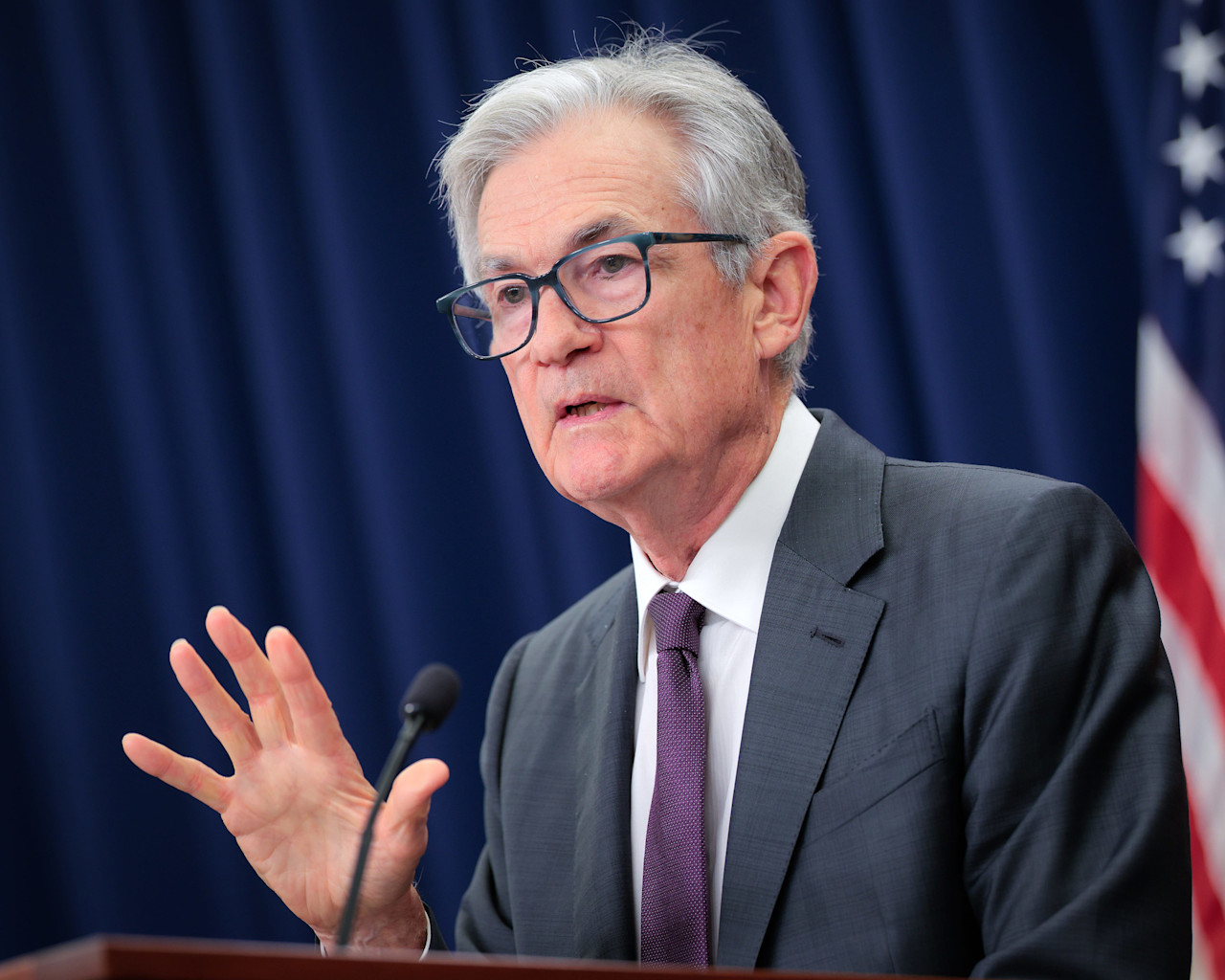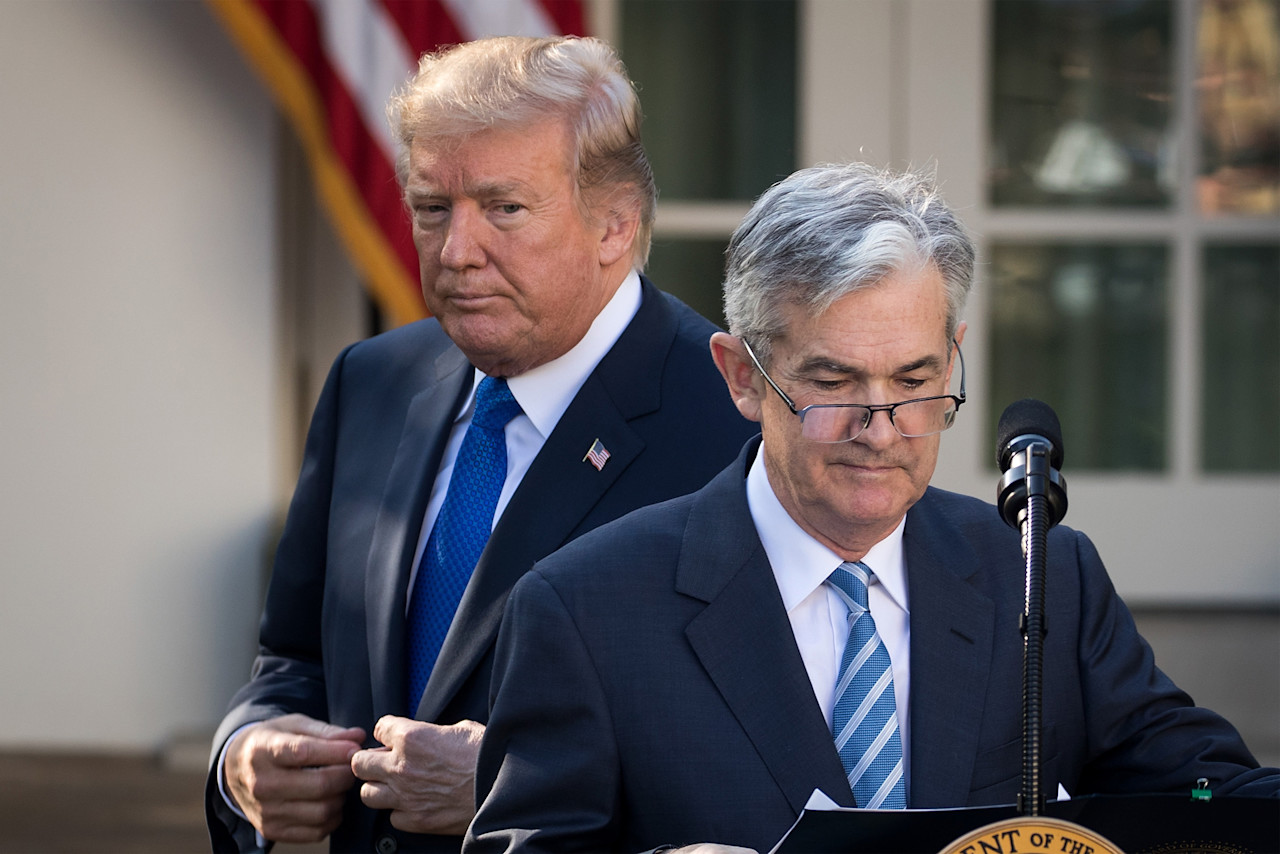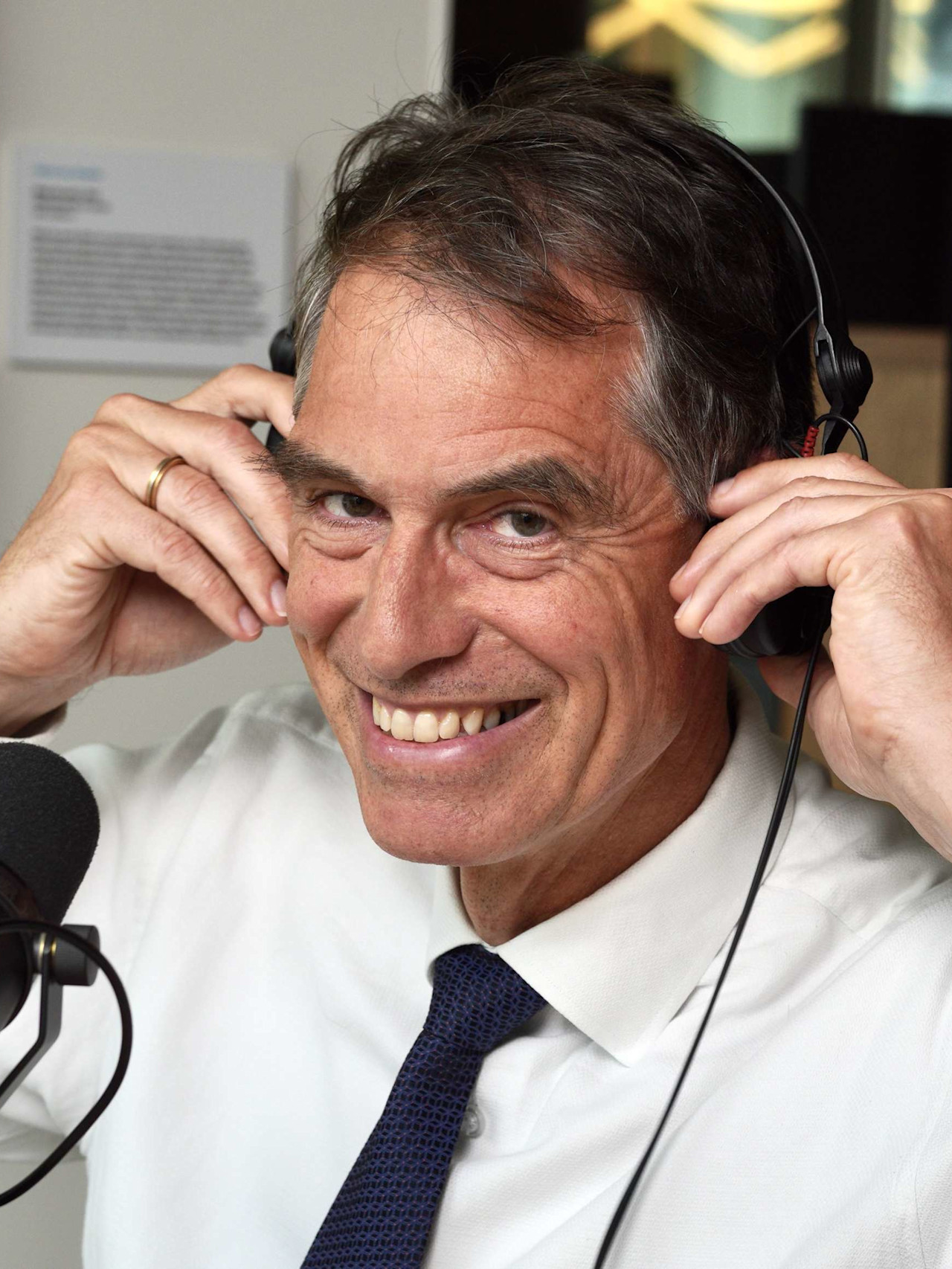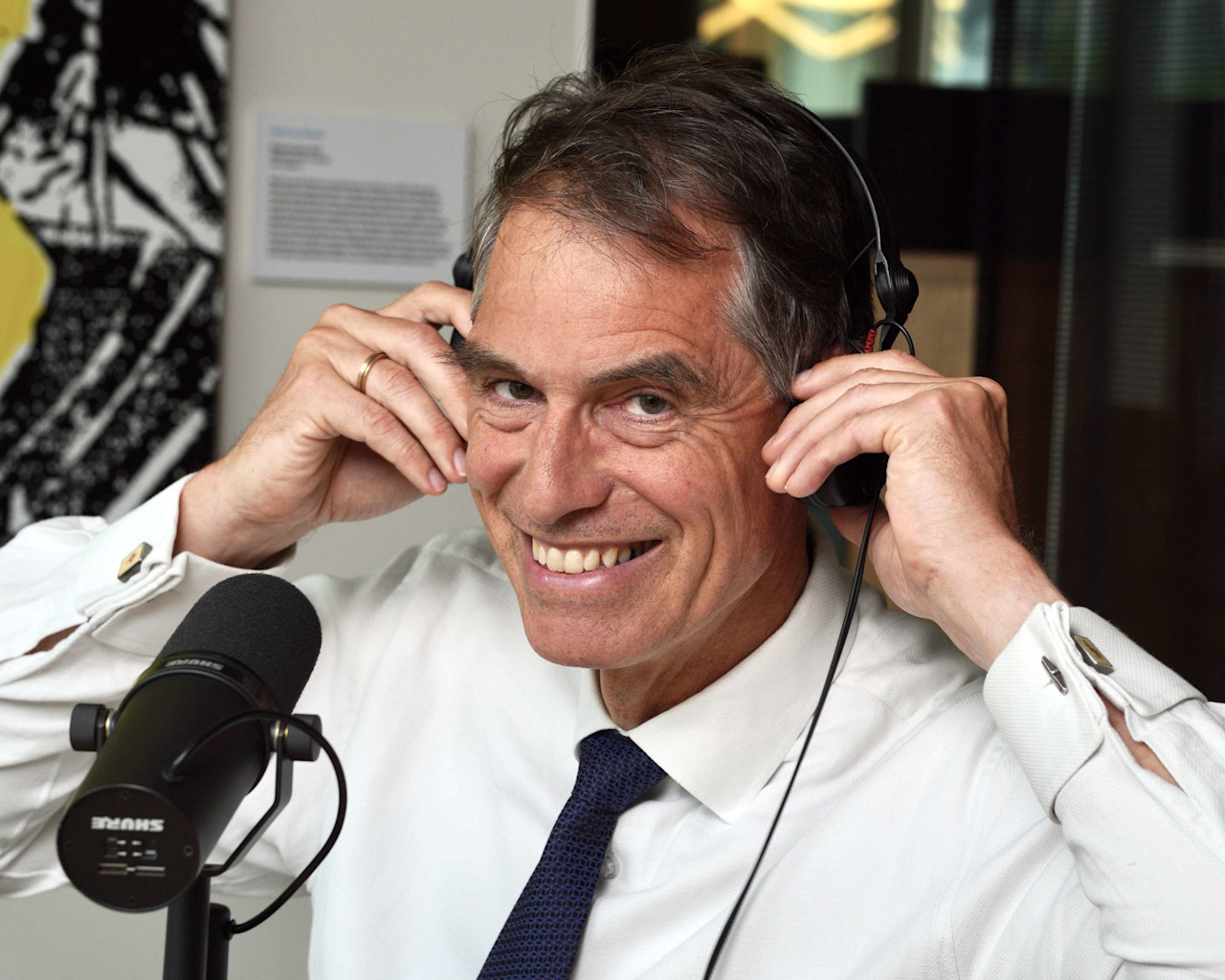

Inflation’s bite is worse than its bark
Markets are barking up the wrong tree if they think interest rates will come down before inflation does, says multi-asset investor Colin Graham.
まとめ
- Central banks can’t lower rates until the inflationary spiral is defeated
- Higher government spending will cause additional macro headwinds
- Tighter monetary policy to lead to much lower nominal economic growth
Central banks have raised rates multiple times in the past year since the Russian invasion of Ukraine sparked global price rises, led by energy and food. The US Federal Reserve has raised its core rate nine times since March 2022, a month after the war began. They now stand at 4.75-5.0%, their highest since 2006, and up from the zero rates that prevailed since the Covid crisis began in 2020.
The European Central Bank has upped its core rates six times in a row from below zero before the pandemic to 3.5%, while the Bank of England has raised rates ten times from almost zero to the present 4.25%. All have done so to rein in double-digit inflation which has reached 40-year highs.
The market consensus expects rates to start coming down later this year, not least to head off any recessions that are also expected. Just don’t hold your breath, now that the inflation dog has finally barked more than a decade after it was first supposed to, says Graham, Head of Multi-Asset Strategies at Robeco.
“The narrative following the global financial crisis was that the unprecedented injection of money and liquidity into the system would lead to a massive inflationary spike, even though we were staring down the barrel of a deflationary spiral,” Graham says in the April monthly outlook.
“Until recently, this did not produce price inflation in the real economy; indeed, inflation in goods and services did not pick up until Covid caused supply-chain issues from 2020. Hence, monetary policy could remain easy, and central banks’ balance sheets could stay bloated for much longer.”
“Central banks did not worry about this. They always believed they had the tools to dampen inflation, by raising the price of money through interest rates, or by reducing the quantity of money using quantitative tightening.”
“Now that the inflation dog is barking, central banks are raising rates quickly, but they face the additional headwind of government spending through things such as the US Inflation Reduction Act and energy subsidies that have made their job a lot harder.”
Are we back to the 1970s?
The current inflationary spiral has drawn parallels with the 1970s and the OPEC capacity cuts of 1973, which caused an energy price spike. This eventually led to higher wage demands, strikes, recessions and rising rates that entered double figures as governments battled to bring down prices for the rest of the decade.
“The implications are problematic because the path to lower inflation and higher unemployment without a hard landing has narrowed significantly,” Graham says. “The tight labor market is fueling increased wage demands, which is the clearest indicator that higher inflationary expectations are becoming embedded in consumers' psyche.”
“Unless monetary policy tightens, a spiral of higher prices will lead to higher wages, leading to even higher prices – textbooks from the 1970s show just how detrimental to stability this spiral can be. Currently, monetary policy is still loose due to the wide availability of credit and negative real rates.”
“So, even if we are close to peak rates, rate cuts are not around the corner unless there is a financial accident. This is where our views differ from the market consensus, which expects the Fed to cut rates soon and the ECB towards the end of the year.”
最新のインサイトを受け取る
投資に関する最新情報や専門家の分析を盛り込んだニュースレター(英文)を定期的にお届けします。
No longer behind the curve
Graham says that so far, the withdrawal of monetary policy support has gone smoothly, and the parts of the system where the excessive leverage flowed in the zero-rates eras are slowly being uncovered.
“The narrative that central banks are behind the curve has died away, except maybe in Japan,” he says. “Central banks in less-developed markets that started their tightening cycles long before the ECB and Fed have room to cut rates, because domestic inflation has already fallen.”
But there could still be a ‘financial accident’ that brings parallels with the 2008-09 crisis rather than with the 1970s, he says. The collapse of the Silicon Valley Bank and the forced takeover of the troubled Credit Suisse by UBS shows that parts of the banking sector are still dangerously fragile.
Duration mismatch proves costly
“In the US, regulation on regional banks was eased in 2018, allowing smaller banks to hold long-duration bonds on their balance sheets using cash deposits, thus creating a duration mismatch,” Graham says.
“US Treasuries are considered a risk-free asset, and so banks buying Treasuries with cash deposits could increase their profitability when yields fell. As US bond yields spiked higher this year, ‘paper’ losses were made at the same time that depositors’ cash burns increased, caused by a lack of new capital for start-up activities.”
“Banks’ clients withdrew deposits to fund their activities, which meant banks with a duration mismatch had to sell bonds to honor the withdrawals, crystalizing their balance sheet losses. This created a doom loop as other customers saw their deposits at risk and withdrew their cash, exacerbating the liquidity mismatch for the bank.”
“Social media and electronic banking sped up this doom loop as liquidity risk morphed into a wider solvency issue.”
Another doom loop?
So, are we facing another doom loop? No, but don’t expect rate cuts that would theoretically ease this particular problem, Graham says.
“The situation has similarities with 2008, but is not as serious, since much of the excess money has flowed into private assets, while banks’ asset quality is higher due to post global financial crisis regulation,” he says.
“The cracks appearing due to tighter monetary policy are a normal process of shining a light into parts of the system that thrived in a zero cost of capital world, and the good news is that the real economy is still strong.”
“Our core investment scenario is for tighter monetary policy to lead to much lower nominal economic growth later this year, though we believe that central banks do not have room to cut rates until inflation is defeated or economic growth slumps precipitously.”
重要事項
当資料は情報提供を目的として、Robeco Institutional Asset Management B.V.が作成した英文資料、もしくはその英文資料をロベコ・ジャパン株式会社が翻訳したものです。資料中の個別の金融商品の売買の勧誘や推奨等を目的とするものではありません。記載された情報は十分信頼できるものであると考えておりますが、その正確性、完全性を保証するものではありません。意見や見通しはあくまで作成日における弊社の判断に基づくものであり、今後予告なしに変更されることがあります。運用状況、市場動向、意見等は、過去の一時点あるいは過去の一定期間についてのものであり、過去の実績は将来の運用成果を保証または示唆するものではありません。また、記載された投資方針・戦略等は全ての投資家の皆様に適合するとは限りません。当資料は法律、税務、会計面での助言の提供を意図するものではありません。 ご契約に際しては、必要に応じ専門家にご相談の上、最終的なご判断はお客様ご自身でなさるようお願い致します。 運用を行う資産の評価額は、組入有価証券等の価格、金融市場の相場や金利等の変動、及び組入有価証券の発行体の財務状況による信用力等の影響を受けて変動します。また、外貨建資産に投資する場合は為替変動の影響も受けます。運用によって生じた損益は、全て投資家の皆様に帰属します。したがって投資元本や一定の運用成果が保証されているものではなく、投資元本を上回る損失を被ることがあります。弊社が行う金融商品取引業に係る手数料または報酬は、締結される契約の種類や契約資産額により異なるため、当資料において記載せず別途ご提示させて頂く場合があります。具体的な手数料または報酬の金額・計算方法につきましては弊社担当者へお問合せください。 当資料及び記載されている情報、商品に関する権利は弊社に帰属します。したがって、弊社の書面による同意なくしてその全部もしくは一部を複製またはその他の方法で配布することはご遠慮ください。 商号等: ロベコ・ジャパン株式会社 金融商品取引業者 関東財務局長(金商)第2780号 加入協会: 一般社団法人 日本投資顧問業協会


















